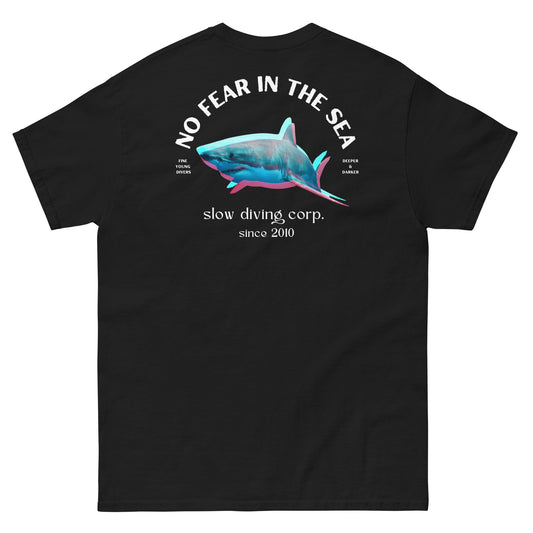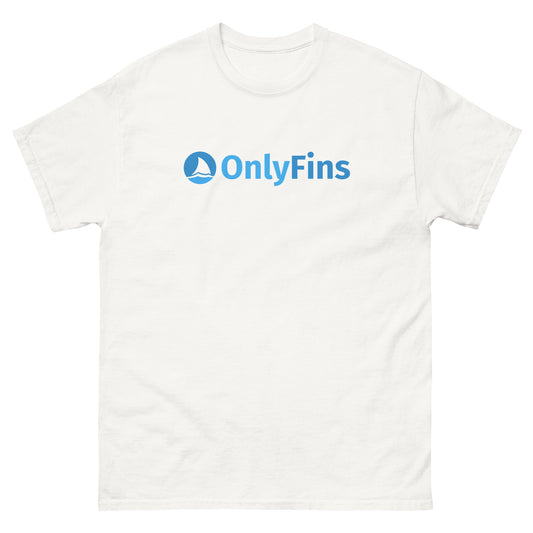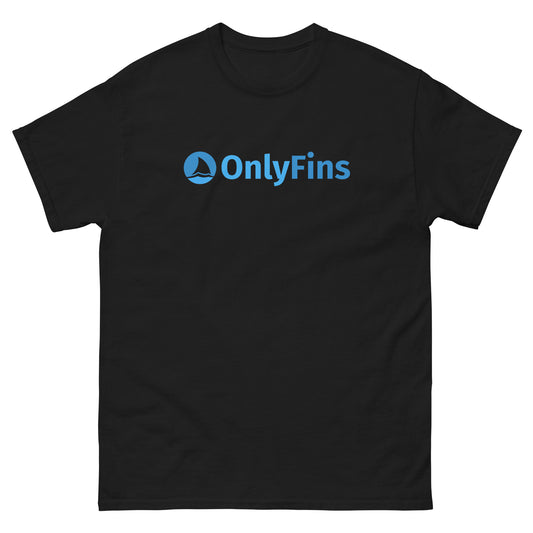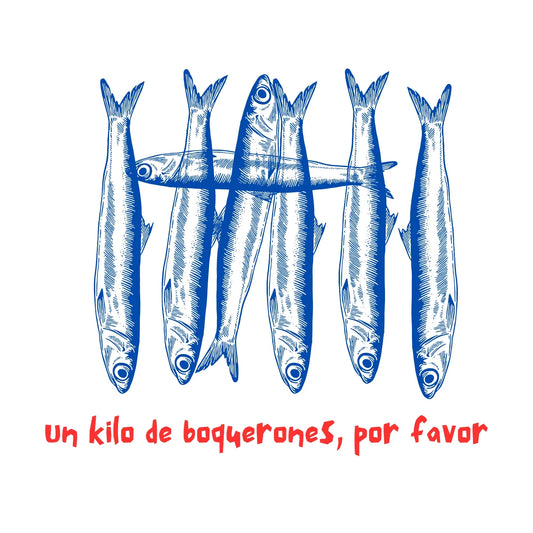The flatback turtle (Natator depressus) is a species of sea turtle endemic to the continental shelf of Australia. These turtles owe their name to their smooth, oval-shaped, olive-gray shell, which averages about 90 cm in length. Each flipper, creamy white in color, has a single claw.
Habitat of the flatback turtle
Flatback turtles are generally found in shallow bays, coral reefs, estuaries, and lagoons on the northern coast of Australia and the coast of Papua New Guinea.
By the way, did you know that we design T-shirts and sweatshirts of sea turtles? They are top quality and designed for true turtle enthusiasts.

Map of the distribution of the flatback turtle. Red circles show the main nesting sites. Source wikipedia
The flatback turtle can venture into waters of Indonesia and Papua New Guinea for feeding but only nests in Australia.
Nesting of the flatback turtle
Nesting occurs across the northern half of Australia, from Exmouth in Western Australia to Mon Repos Conservation Park in Queensland. The most important nesting site is the uninhabited Crab Island, although it also occurs along the various islands and islets of the Great Barrier Reef, as well as on different beaches of the continent. Like some other turtles such as the kemps ridley turtle, female flatback turtles return to the beach where they were born to lay their eggs.
Flatback turtle eggs are the largest among sea turtles. They deposit between 55 and 75 eggs in each of the three clutches they lay per season by digging a hole in the sand.

Flatback turtle hatchlings after hatching. Image by Reef Catchments
Feeding
The flatback turtle has a varied diet, from seagrasses to mollusks, jellyfish, shrimp, fish, soft corals, and sea cucumbers.
Threats
The eggs of flatback turtles, like those of other species of sea turtles, are very vulnerable during the incubation process. Dingoes, monitor lizards, or red foxes are the main predators of flatback turtle eggs. After hatching, flatback turtle hatchlings, the largest at this stage of all turtles, head toward the ocean following the horizon and that's when they are most vulnerable: birds and crabs feed on them on the beach, and sharks and fish in the sea. It is estimated that only one in every 100 flatback turtles born reaches adulthood.
As adults, their main threats are fishing gear, such as trawls and longlines, which suffocate these turtles by preventing them from surfacing to breathe. Among their natural predators are the larger species of sharks, but attacks are not common.
The flatback turtle is classified as vulnerable although it is considered to have a sufficient population to avoid endangering its existence with more than 20,000 nesting females.





















